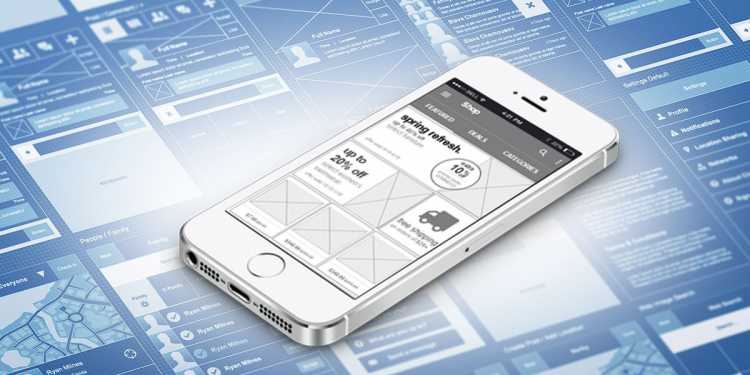Translating an app is essential when you want to allow more users from the international market to engage with the app. There are ways that this can be done, and it is majorly with the Google Play App Translation service. In this post, we would be showing you how to get around this and more.
Table of Contents
Why should an App be translated?
An app should be translated when the business is venturing into the international market. The language barrier is the most common problem of the global market, and the goal of an app’s translation is to get past this barrier and achieve a more user-friendly app in all regions where it is functional.
This alone is a marketing strategy that makes localized new users feel comfortable using the application. Besides, no one uses an app that they cannot read or navigate. To get through to the localization process, you have to note all the regions with a different language and then work through getting a translation.
Here are the advantages of translating an app:
- With a translated app, you get a greater audience and get more people downloading and using the app simply because they understand it.
- Effective promotions: When an app is translated, then the campaign programs and other promotions meant to drive sales are thriving.
Ways an app could be translated
If your app’s texts are saved in a specific location, and you need to change it to another language, you need help. It works by translating the strings.xml to your desired location and then rebuilding the application.
There are three main ways that this can be achieved, and they are:
Google Play App Translation service:
Google has a translation service that handles documents, but that is not all that they offer. It uses the Google Play App Translation service in providing human app translation services to app owners. It does this by integrating the language directly into the Android studio and Developer console.
Human Translation Service:
The human translation service is a do-it-yourself procedure that requires individuals to manually edit the language. You can get a college that knows the new language and then translate the app using a text editor or an Android Studio Translation Editor. If there is no one around you with this skill, you can try a translation agency with certified professionals.
Get a third-party translation service.
Third-party translation platforms are popular for translating from one language to another with high levels of accuracy. Pro firms like Torjoman translation services are skilled at translating between languages, and have over 120 languages that one could choose from. It is both fast and accurate at the same time while offering you an unrivaled level of comfort.
Other third-party translation services include:
- Gengo.
- Transifex.
- Smartling.
They are equally verified tools online, and you can try them out to translate your app from one language to another.
About Google App Translation
When translating your app’s user interface, store description, in-app purchases, and Universal App campaign ads, you could use Google. It allows users of different languages to understand the application properly.
Here are the things that the Google App Translation Service offers:
- A fast and easy method of ordering, receiving, and applying translations while still on the developer console.
- It allows you to translate app strings, in-app products, and general app campaign ads all at once.
- Allows users to use Google Wallet integration for making payments.
- They are distinctively selecting the localization service providers. Their translators are then used to create reviews and translations for every text string.
- Remember your previous translation requests and use them for a reapplication without costing extra.
How to Use Google Translate in Any App on Android
If you are not translating a complete app but just the interface in an app you already use, then there is the live translation feature. This serves as an extension or only a shortcut that can be integrated into apps.
However, you would not need to enable the app on your device first. Below are the steps to help in this process:
Step one: Activate the Tap to Translate in Google Translate
- To do this, you would have to download Google translate from the Google Play store.
- Ensure that it is the latest version and once the app is downloaded, then launch google translate.
- Click on the button that looks like a Hamburger in the menu area. Then tap on the setting from there.
- Once you have gotten to the settings area, then go on to tap translate.
- When the next screen loads, then go on to toggle or tick the right option. It should say, “Enable Tap to Translate.”
Step two: Access Google Translate From Any App on Your Device
To be sure that the app is functional, you would need to test run it.
- So, open up any app on your device and then highlight the text that needs to be translated.
- Copy the text, and then you would notice a Google translate icon displayed at the top right corner of the app. Click on the icon to get the translation.
- By now, the translated version of the app would be available and then displayed for you with the Google Translate service’s help.
With these two steps that have mini-steps, you should successfully translate a text on an app on your android phone. However, before downloading the google translate app, ensure that you have enough space on the app for the download. Also, check for your network connectivity before making the download.


